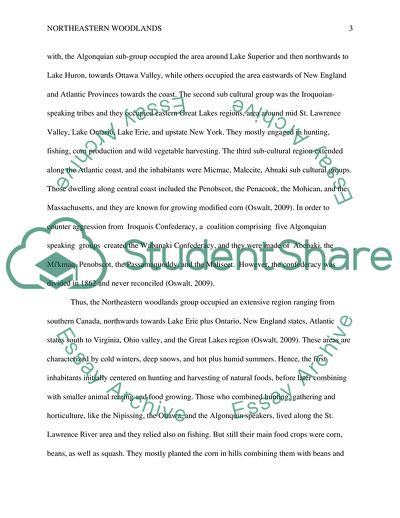Cite this document
(Northeastern Woodlands: Precontact Life Ways, Changes during Contact, Research Paper, n.d.)
Northeastern Woodlands: Precontact Life Ways, Changes during Contact, Research Paper. Retrieved from https://studentshare.org/anthropology/1797452-topic-5-northeastern-woodlands-precontact-life-ways-changes-during-contact-and-colonialism
Northeastern Woodlands: Precontact Life Ways, Changes during Contact, Research Paper. Retrieved from https://studentshare.org/anthropology/1797452-topic-5-northeastern-woodlands-precontact-life-ways-changes-during-contact-and-colonialism
(Northeastern Woodlands: Precontact Life Ways, Changes During Contact, Research Paper)
Northeastern Woodlands: Precontact Life Ways, Changes During Contact, Research Paper. https://studentshare.org/anthropology/1797452-topic-5-northeastern-woodlands-precontact-life-ways-changes-during-contact-and-colonialism.
Northeastern Woodlands: Precontact Life Ways, Changes During Contact, Research Paper. https://studentshare.org/anthropology/1797452-topic-5-northeastern-woodlands-precontact-life-ways-changes-during-contact-and-colonialism.
“Northeastern Woodlands: Precontact Life Ways, Changes During Contact, Research Paper”, n.d. https://studentshare.org/anthropology/1797452-topic-5-northeastern-woodlands-precontact-life-ways-changes-during-contact-and-colonialism.


